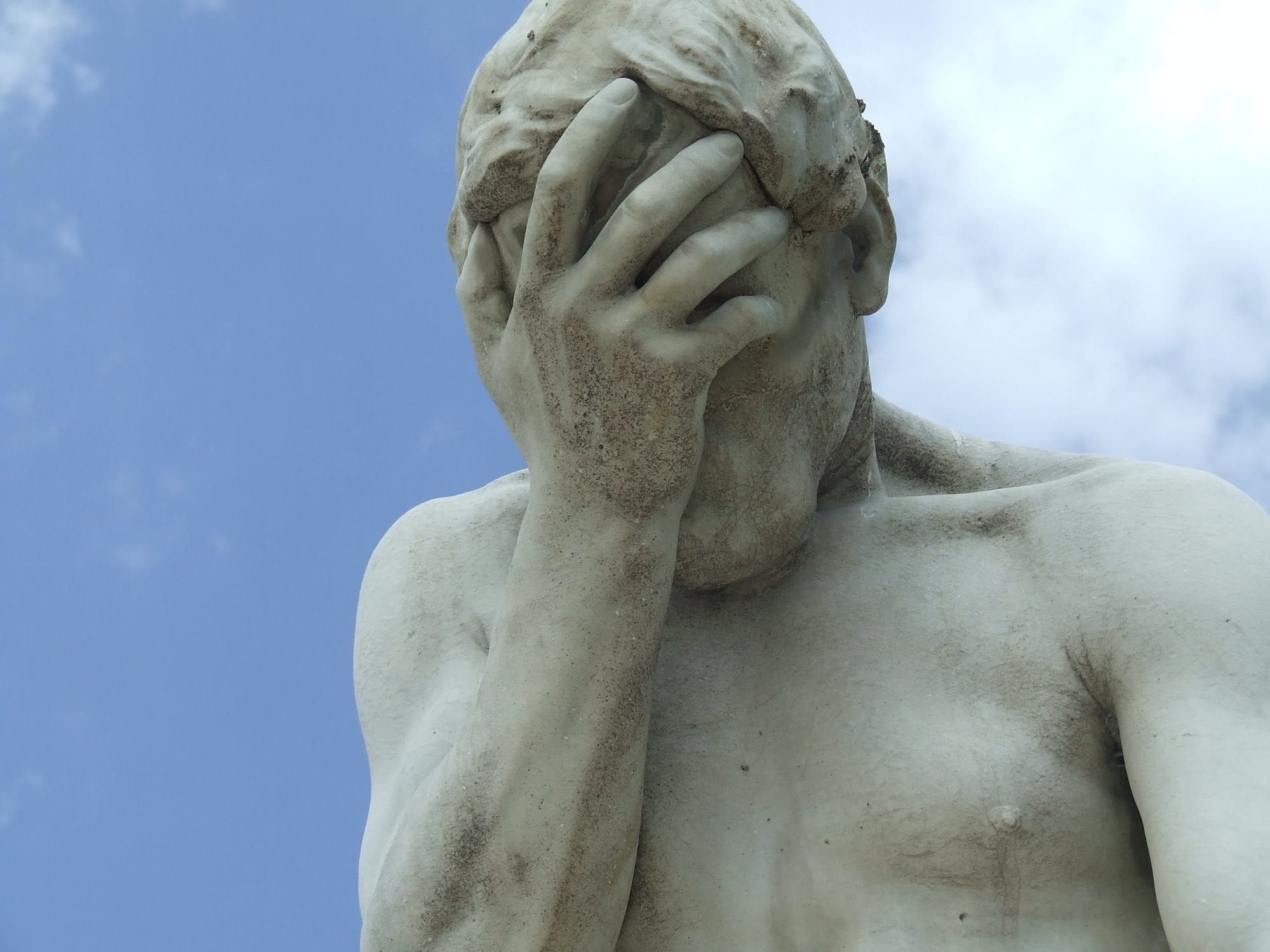
The Italian Renaissance (Italian: Rinascimento [rinaʃʃiˈmento]) was a period in the Italian history that covered the 15th (Quattrocento) and 16th (Cinquecento) centuries, spreading across Europe and marking the transition from the Middle Ages to Modernity.
Proponents of a "long Renaissance" argue that it began in the 14th century (Trecento) and lasted until the 17th century (Seicento). The French word renaissance (rinascimento in Italian) means "rebirth" and defines the period as one of cultural revival and renewed interest in classical antiquity after the centuries labeled the Dark Ages by Renaissance humanists. The Renaissance author Giorgio Vasari used the term "Rebirth" in his Lives of the Most Excellent Painters, Sculptors, and Architects in 1550 but the concept became widespread only in the 19th century, after the works of scholars such as Jules Michelet and Jacob Burckhardt.
The Renaissance began in Tuscany (Central Italy), and was centred in the city of Florence.

Florence, one of the several city-states of the peninsula, rose to economic and political prominence by providing credit for European monarchs and laying down the groundwork for capitalism and banking.[2] The Renaissance later spread to Venice, heart of a mediterranean empire and in control of the trade routes with the east since the participation in the crusades and the voyages of Marco Polo, where the remains of ancient Greek culture were brought together and provided humanist scholars with new texts.
By the Late Middle Ages (circa 1300 onward), Latium, the former heartland of the Roman Empire, and southern Italy were generally poorer than the North. Rome was a city of ancient ruins, and the Papal States were loosely administered, and vulnerable to external interference, particularly by France, and later Spain.

Austrian Town